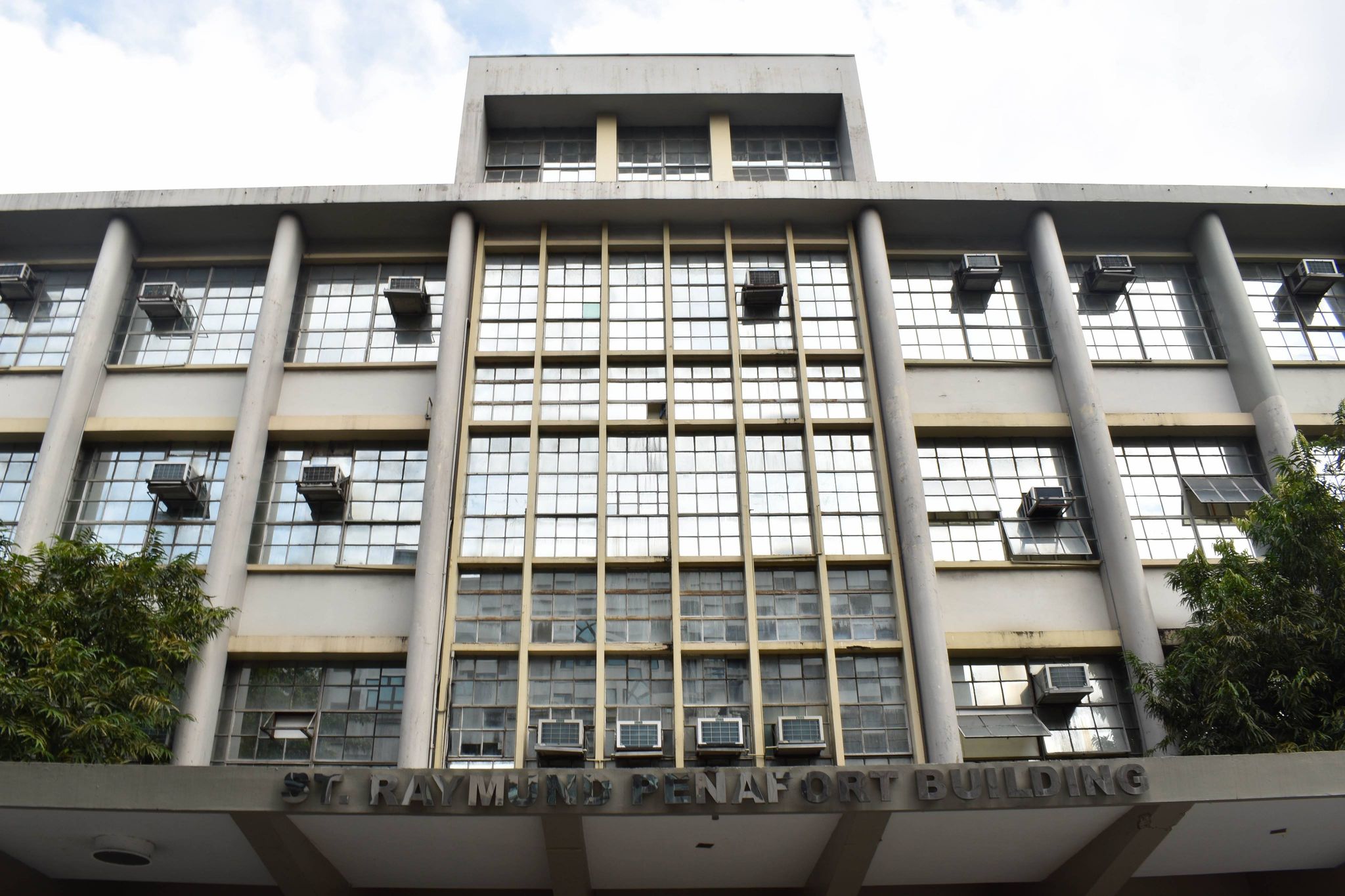
THE ST. Raymund de Peñafort building accumulated one of the highest energy savings among the University facilities in 2023, according to the UST Facilities and Management Office (UST-FMO).
The building, which houses the Faculty of Arts and Letters and the College of Commerce, earned the Energy Efficiency and Conservation (EEC) Award in the medium building category during the UST-FMO’s annual Energy Management Forum last Jan. 24.
In an interview with The Flame, UST-FMO engineer Oliver Gagarin said the building was recognized for saving 38.58% or 457,481.74 kWh more energy from its 2023 target consumption of 1,185,765.38 kWh. It also decreased its carbon footprint by 169,817.22kgs.CO2e.
Artlets Acting Dean Melanie Turingan said the feat was a “consensus effort” between the Faculty of Arts and Letters and the College of Commerce and Business Administration.
According to her, the rooms and facilities in the building are being monitored constantly by staff and faculty members. Air conditioning units are also kept within the minimum rates.
“I’m glad that together with me in this journey is not just the academic and support staff of the Faculty of Arts and Letters but also the administration, academic and support staff of the College of Commerce and Business Administration,” Turingan told The Flame.
Faculty and janitorial staff members regularly inspect facilities to ensure quality connectivity and condition of computer units, laboratories and other equipment, the acting dean said.
“Once there are reports that are received, the Office of the Dean immediately takes action by reporting to the necessary office in order to facilitate the fixing of the problem,” Turingan added.
Facilities deemed as Energy Accounting Centers (EACs) qualify for nomination if they saved energy and no longer needed to realign their power consumption. The nominees should have also committed to at least one of the University’s 22 Energy Conservation Measures (ECMs), Gagarin said.
A total of 14 out of 27 EACs were nominated across three categories for the award: the small building category (six), the medium building category (four) and the large building category (four).
The Benavides Cancer Institute building achieved the EEC Award in the small building category while the St. John Macias building won in the large building category. According to Gagarin, both buildings obtained 17 ECM points while the St. Raymund’s earned eight.
The St. Raymund’s was able to implement the following ECMs: switching off lights when not in use (ECM 1); closing doors and windows in air-conditioned rooms (ECM 2); replacement of fluorescent lights with LED bulbs (ECM 5); adoption of highly efficient transformer (ECM 7) and the replacement of ordinary air-conditioning units with inverter or variable refrigerant flow type, which accounted for two points (ECM 9).
St. Raymund’s has also committed to the installation of solar panels on its roof deck (ECM 8), which is subject to implementation.
An additional point was given for the building’s suggested ECM that called for regular preventive maintenance for machines and equipment.
Turingan said both colleges would continue to implement such measures along with conscious efforts to prevent the abuse of available resources.
“We will continuously uphold our goal of providing the best service to our stakeholders and to be worthy of the trust that is bestowed on us, both by our stakeholders and their families but the Fr. Rector (Richard Ang, O.P.) as well,” she said.
UST accumulated a total of 7.47% of energy savings in 2023, exceeding its two-year target of 6.66% for the year. The University aims to achieve 10% of energy savings by 2025.F



